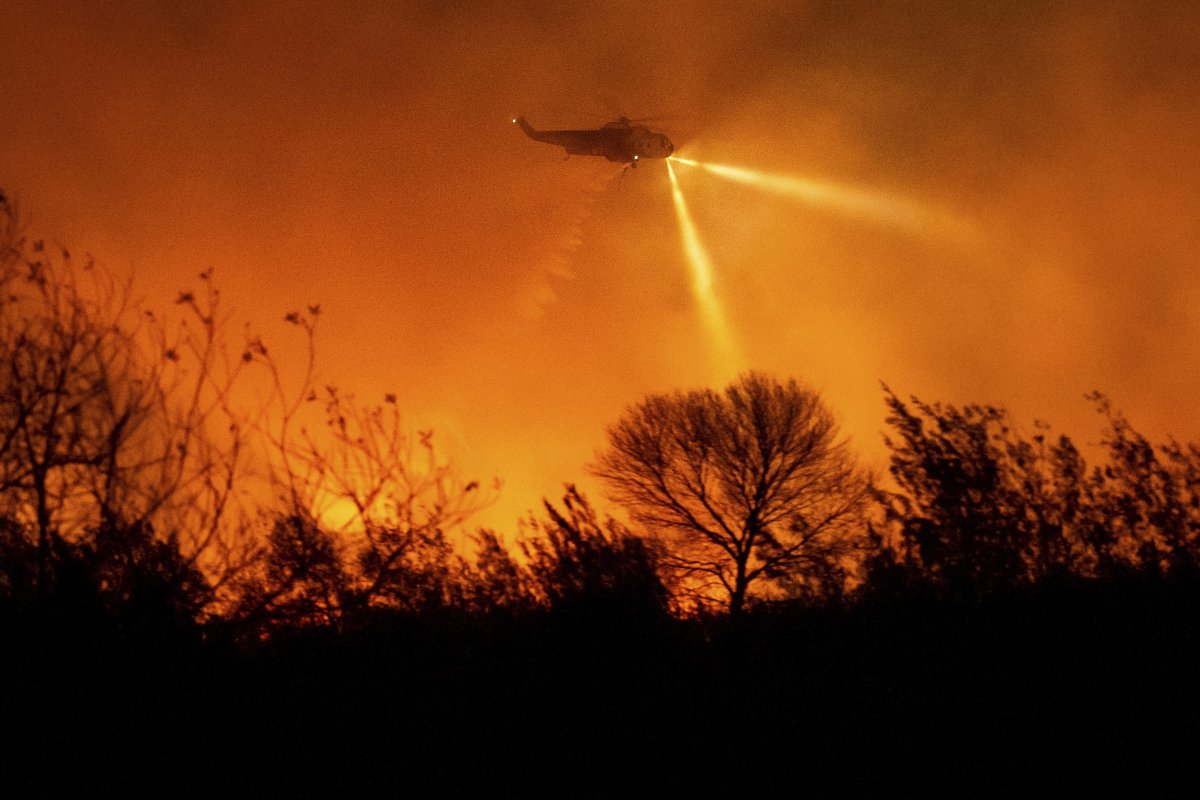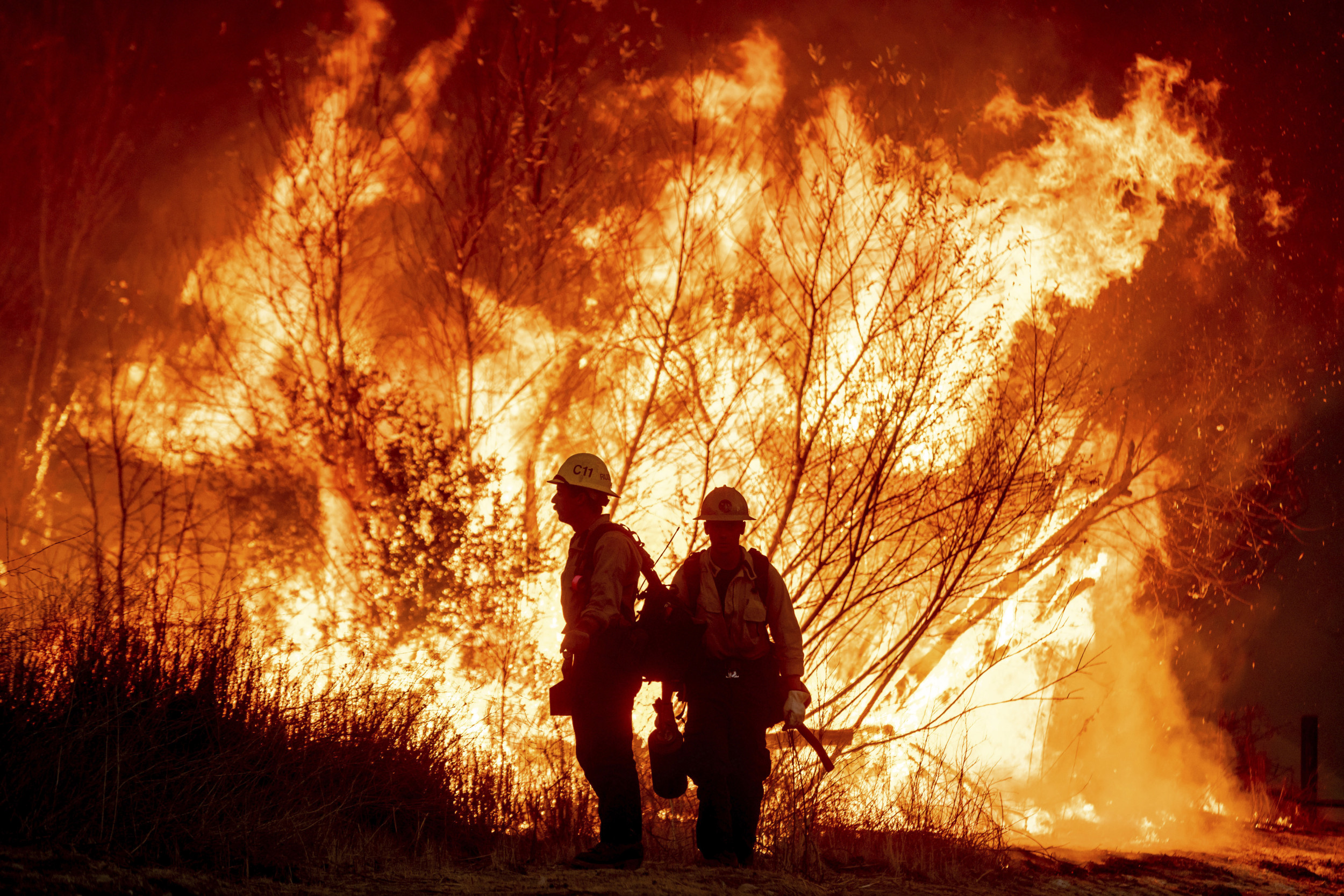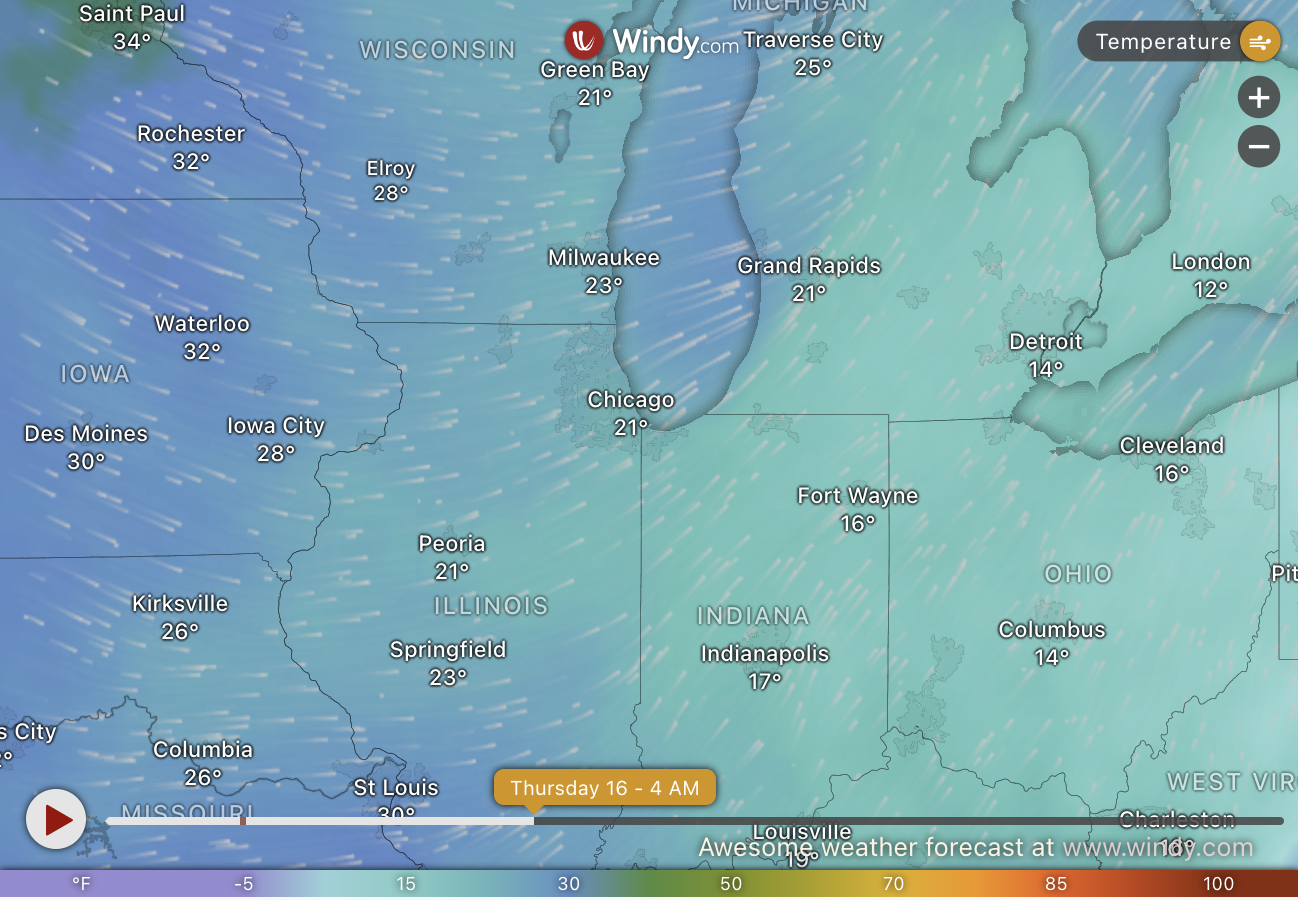An increase in large fires in the Western U.S. is being fueled by declines in Arctic Sea ice, and the impact of this decline on fires along the West Coast is as big as that of El Niño, scientists say.
"The fire weather changes driven by declining Arctic Sea ice during the past four decades are of similar magnitude to other leading modes of climate variability such as the El Niño-Southern Oscillation that also influence fire weather in the western U.S.," scientists wrote in a research paper in Nature published in 2021.
Scientists have investigated whether human activity is linked to large wildfires, which are an increasing threat to society across the western U.S. and they found it difficult to disentangle natural effects from those caused by humans.

Decline in Arctic Sea Ice
Arctic Sea ice has been declining dramatically since the late 1970s. This process has accelerated in the 21st century, with a decline rate of 4.7 percent per decade.
The sea ice in the Arctic reduced to near-historic lows in the Northern Hemisphere in 2024, while it is estimated that summer sea ice will likely cease to exist at some stage this century.
Several studies have suggested that this has an impact on fire weather by influencing air temperature and precipitation rates in locations around the world.
In the study, the scientists used observations and computer climate modeling to assess the link between declining sea ice in the Arctic and worsening fire hazards in the western U.S. over the past four decades; there was a pattern.
The scientists want to identify the exact way that Arctic Sea loss over time triggers increasing and worsening fire weather in the western U.S. and elsewhere.
"More extreme fire weather with increasing likelihood of large wildfires in Autumn [fall] has become the new normal for western regions like California, a region projected to suffer more by the end of this century," scientists wrote.
The study found a connection between Arctic Sea ice and growing fires in the western U.S., scientists said, and this should encourage more people to do more to reduce fire risk.
"These implications may serve as a motivation for more attention to adaptive resilience approaches including public awareness of fire risk and hazard mitigation, scientific fire risk and forest management and sustainable residential and infrastructure development planning on fire-prone landscapes," the scientists wrote.
Reference
Zou, Y., Rasch, P. J., Wang, H., Xie, Z., & Zhang, R. (2021). Increasing large wildfires over the western United States linked to diminishing sea ice in the Arctic. Nature Communications, 12(1), 6048. https://doi.org/10.1038/s41467-021-26232-9




















 English (US) ·
English (US) ·